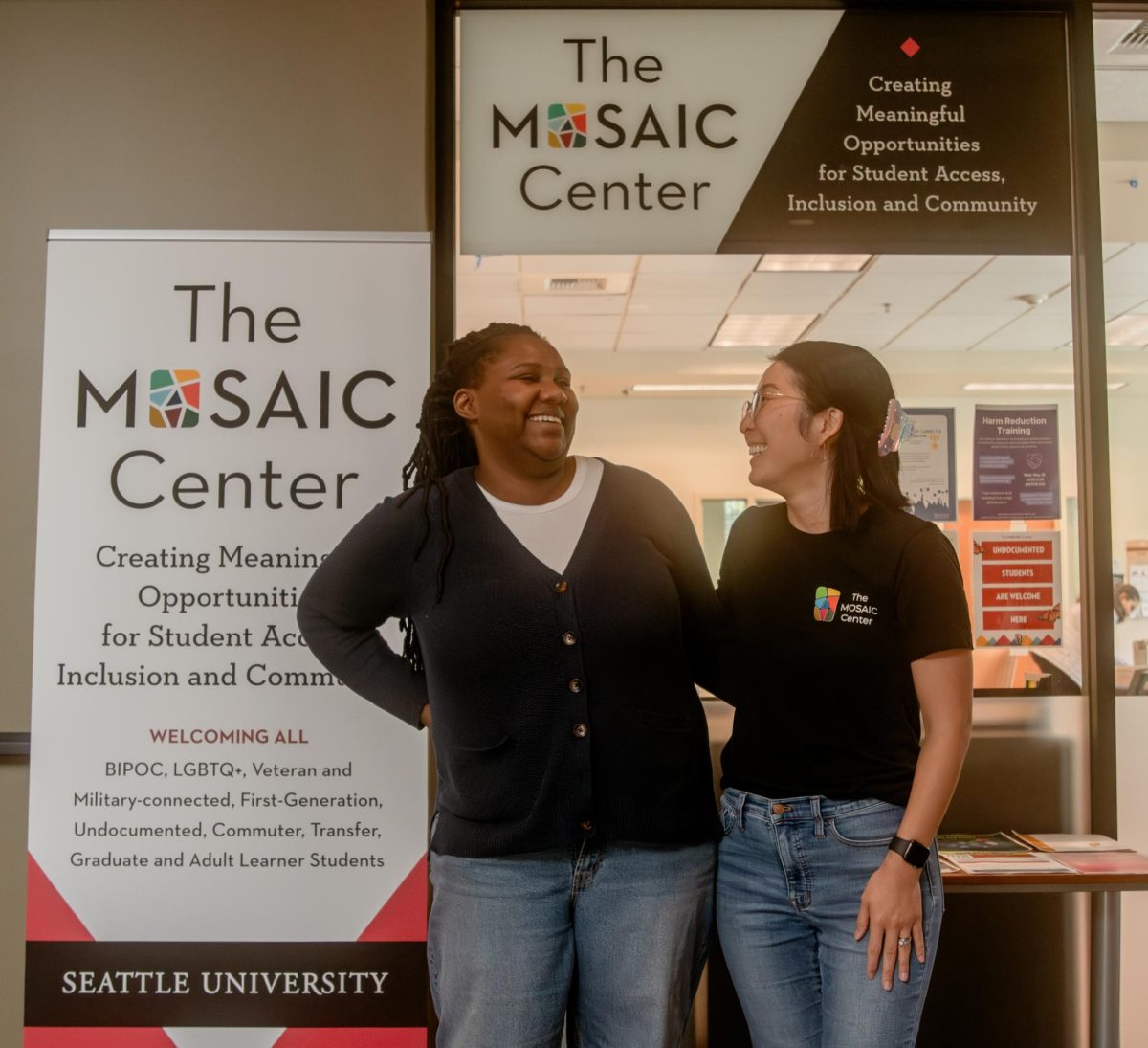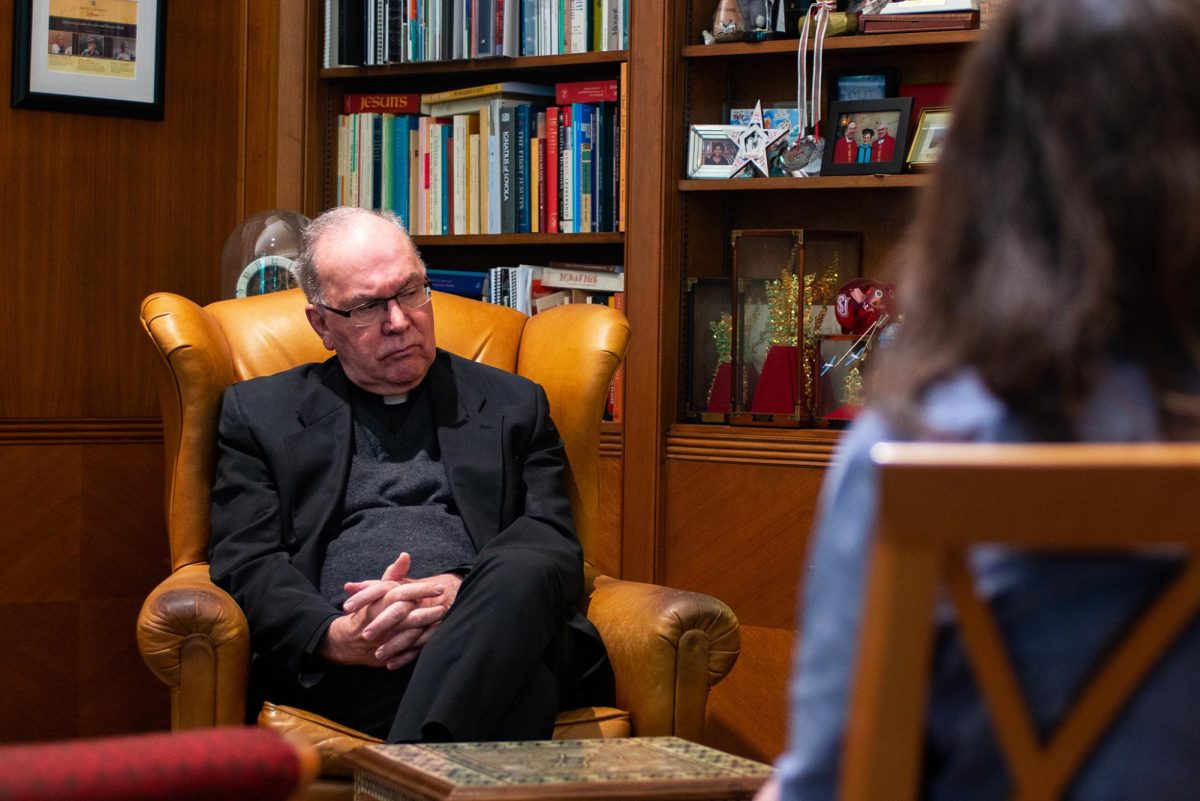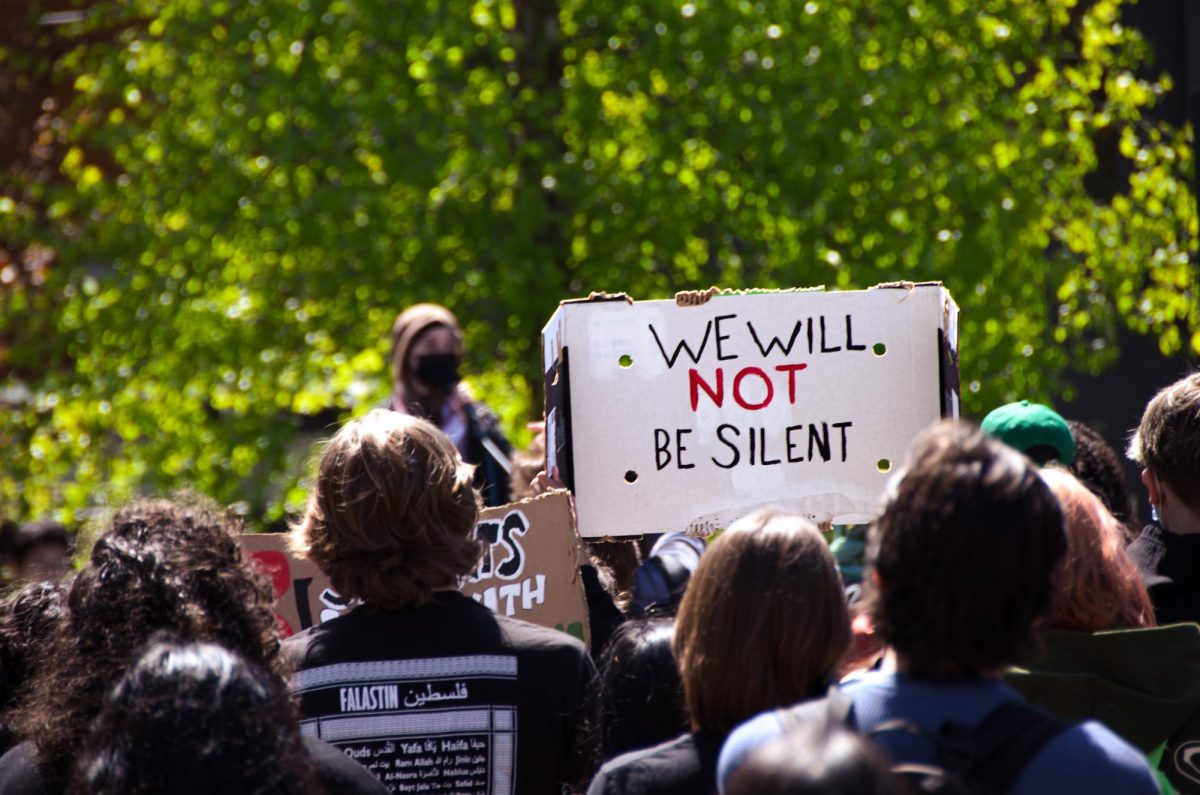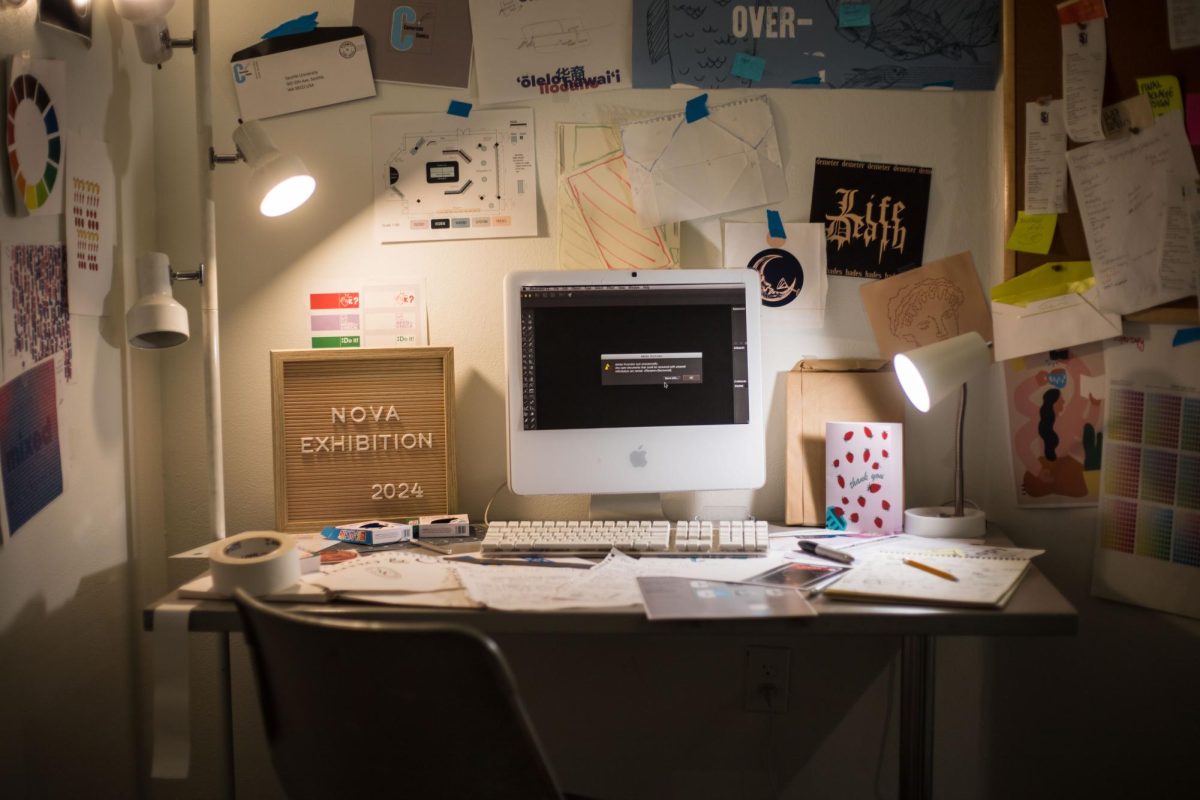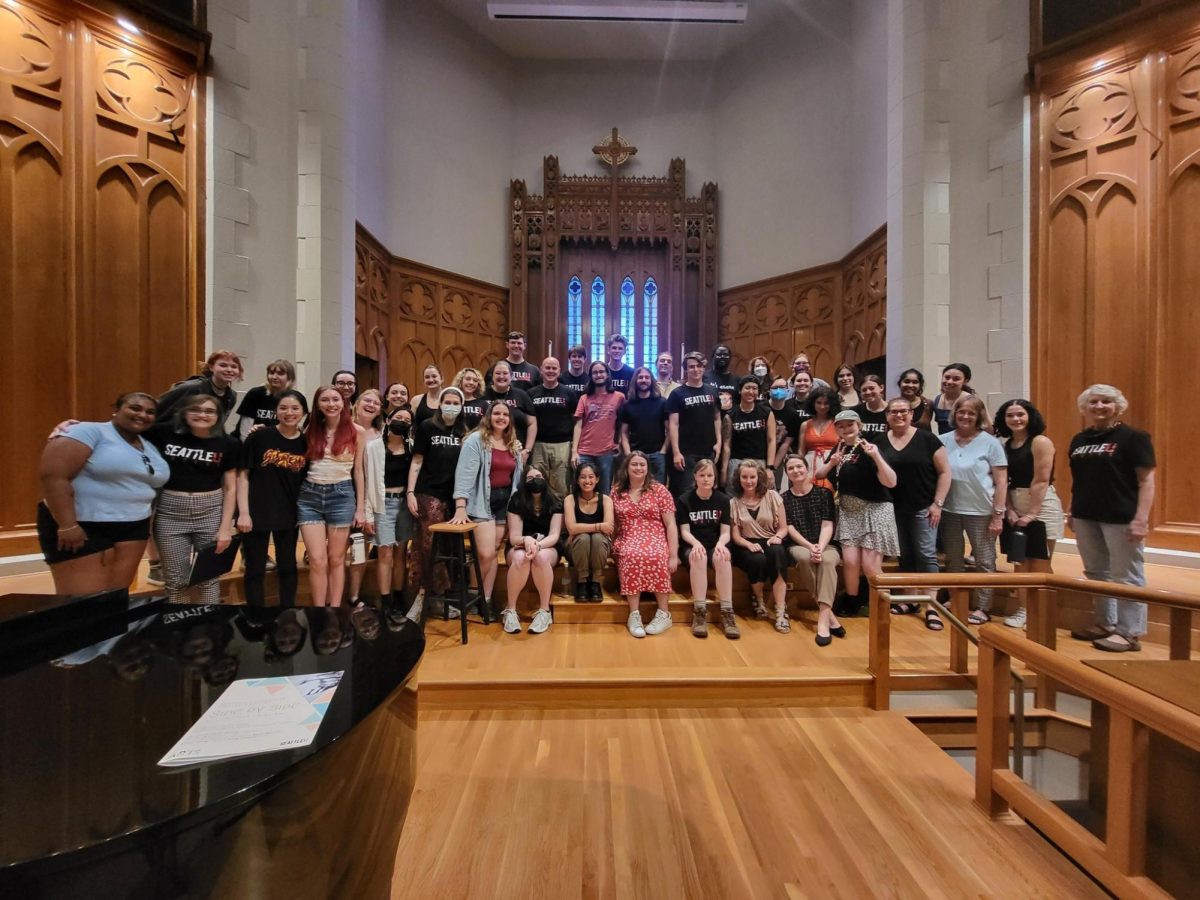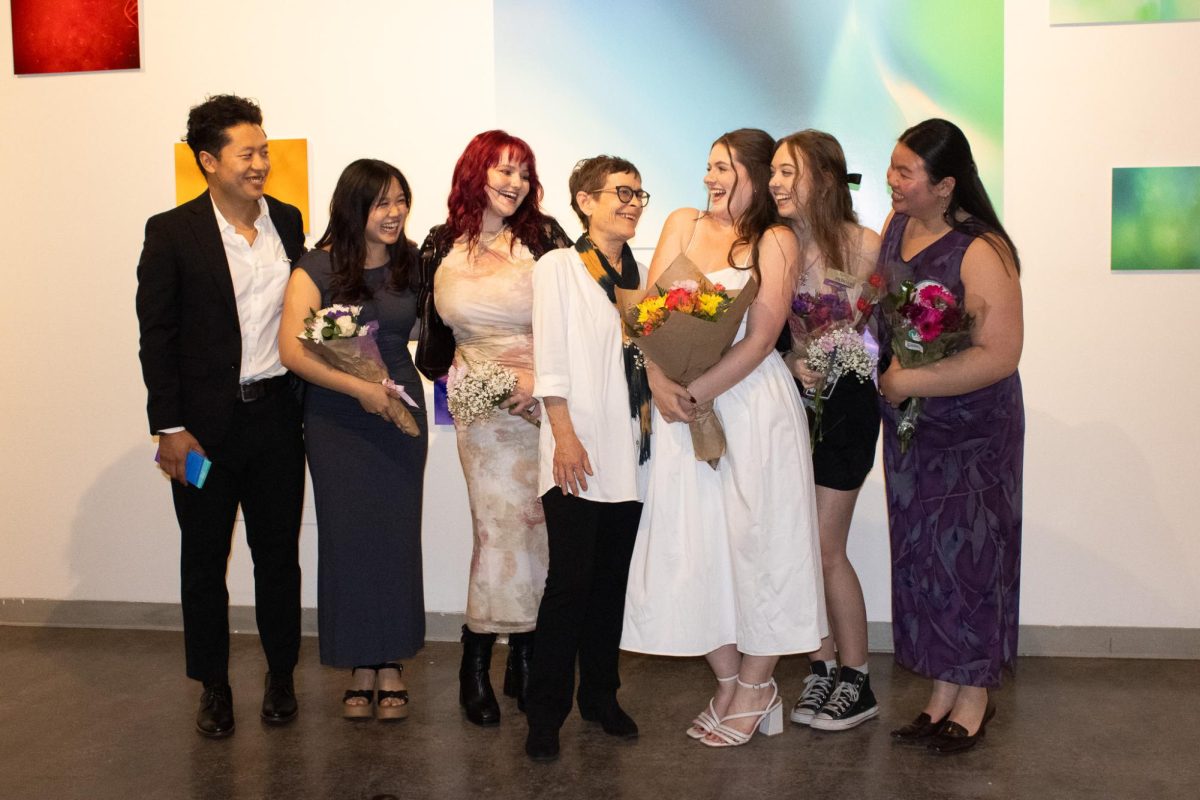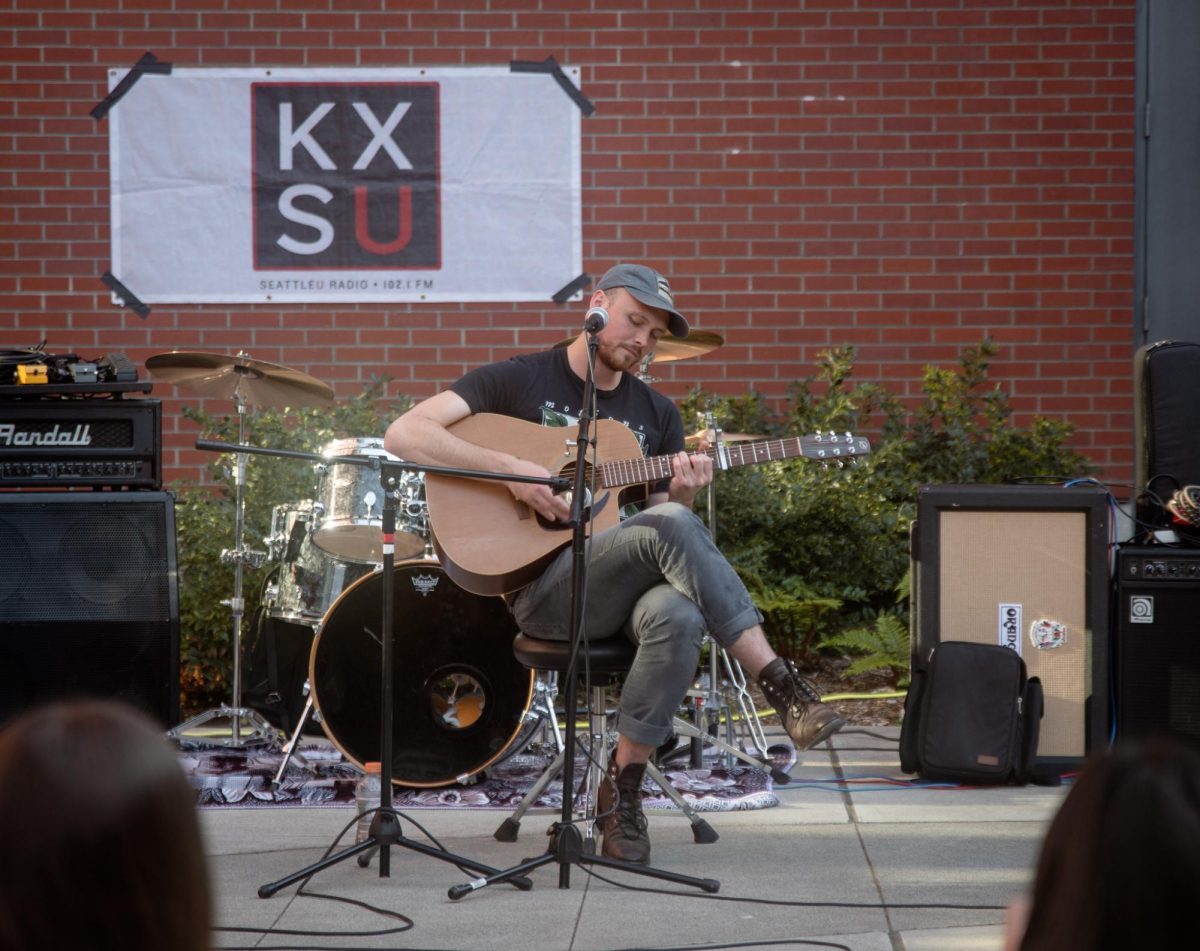As the end of the 2022-2023 academic year approached, two organizations seeking to serve students of marginalized identities—The Office of Multicultural Affairs (OMA), and Student Success and Outreach (SSO)—began the process of merging into one organization. The new organization was announced in September as “Meaningful Opportunities for Student Access, Inclusion, and Community,” or MOSAIC.
After a year of MOSAIC’s presence on campus, both student employees and administrative staff reflect on the program’s challenges and successes. Gabby Rios, the former assistant director of MOSAIC, who is now stepping down, discussed some of the difficulties of the merger.
“This first year has been a lot of change. In our office we keep saying we’ve been building the plane as we fly it, and so our office and the staff members [have] been kind of just trying to figure out what works,” Rios said.
AshLee Day, MOSAIC’s assistant director who transitioned into the role from working at OMA, spoke to the process of the merger.
“It was a very jarring time,” Day said, describing the end of last school year, when OMA and SSO worked together to plan the future of the combined programs. “As a team we had quite a few strategy sessions. There were a lot of post-it notes.”
Day explained that both organizations reflected on their respective workloads, and tried to create a balanced distribution of work based around their core services.
One of the biggest services provided by OMA was the food pantry, providing free food to students in need, a service that now operates out of the Health and Wellness Promotion Office.
A Seattle University student was hired last spring for OMA, but works under the supervision of the Health and Wellness Promotion Office for the food pantry. They explained that during the time of the merger, her and her coworkers were anxious about the disappearance of programs to support BIPOC students in the merger. They feel now, however, that MOSAIC is providing those resources.
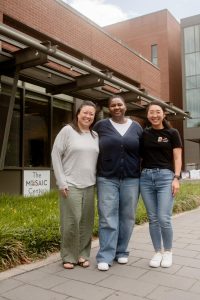
“Since the merger opened the Intercultural Link to help create that community again, my anxiety was relieved knowing that the space for students of color was not lost and that SU had not swept our vital resource for student diversity and community away,” they wrote to The Spectator.
One of the most difficult parts of the merger was figuring out new roles for student staff. Student workers last spring quarter were unsure if they were keeping their jobs into the current academic year.
“When we announced the merger, the initial miscommunication or lack of clarity on their part was they were not sure if they were going to keep their jobs,” Day said. “We had to have a very explicit, all hands meeting, where we specifically went through ‘what does it mean to merge two offices?’”
Rithikaa Prakash, a third-year computer science major, worked for OMA for two years before the merger to MOSAIC, where she works as a Community Ambassador for the Intercultural Link. She spoke to the uncertainty of this time.
“A lot of people just didn’t know what was happening, and that was including our supervisors, because it was so new,” Prakash said.
Day shared that most of the planning for MOSAIC took place over the summer, making it challenging to communicate changes to students, when a full vision for MOSAIC hadn’t yet been realized.
Alex Takemoto, a third-year interdisciplinary liberal studies major who was initially hired to work for SSO, spoke to the confusion of working for MOSAIC at the beginning of this school year.
“We all kind of had each other’s backs. We all know who we could ask, like a lot of our coworkers were friends before that, so we would all be calling each other asking each other questions,” Takemoto said. “I didn’t really know how to run a space yet.”
Day explained that employees had to adapt to a lot of new aspects of their job at the start of the year, noting that a significant amount of retraining was conducted for student employees as their job responsibilities were shifting. They wanted students to have a clear idea of what their new roles were going to entail.
Prakash agreed that the transition was arduous at first, citing inconsistent hours between the links and other practical difficulties that were worked out with time. Both Prakash and Takemoto feel that over time, everything has become more organized.
“It’s been a bit of a bumpy road, especially fall quarter, because that was when we were getting our feet and actually figuring out how things were going to work, but so far it’s been pretty good,” Takemoto said.
A part of the merger to MOSAIC was the creation of a new role for student workers, that of community ambassador. Community ambassadors staff MOSAIC’s variety of spaces, or ‘Links’ around campus, which each seek to serve a specific community of students, and work to provide social and educational opportunities for the students who use the Link spaces.
Along with staffing the link spaces, writing newsletters, doing inventory and cleaning, MOSAIC community ambassadors have to plan two community events a quarter.
“I feel a lot less confused and a lot more positive about [the position],” Takemoto said.
Day outlined the importance of community ambassadors in fostering an inclusive campus community.
“A big part of their role is to support any student who comes into the space to feel a sense of belonging on campus, to feel connected to the space and to use the space, and to be aware of programs and activities that are available to them as they interact with the MOSAIC center,” Day said.
In light of all the changes and newly established processes, Michelle Kim, the MOSAIC program director, is content with the achievements of the program thus far.
“There’s so many things that I’m really proud of from this year,” Kim said. “There were several new programs and services we were able to launch. Some of these have been ideas I’ve been holding for many years.”
Kim explained that the MOSAIC Center has allowed for more room to explore new programs. Among these is the Second and Third Year Excellence Program (STEP), which is geared towards providing resources and support for second and third-year students of color, run by Day.
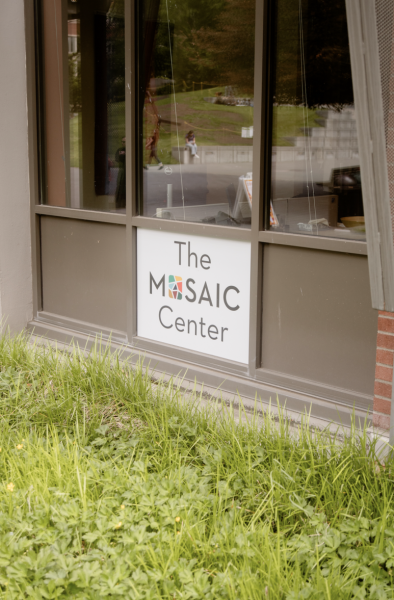
Disorientation is also a new program out of MOSAIC, designed to help senior students transition well into life after college. Kim explained that MOSAIC has also expanded support for undocumented students and all immigrant students, something she doesn’t think could’ve been accomplished without the merger to MOSAIC.
“Overall I’ve been really happy with the amount of expansion of the work that we’ve been able to do as a team,” Day said. “It has also been very challenging.”
Day is near her five year anniversary of working at Seattle U, and shared that her job has changed a lot this year. She explained that the shift to MOSAIC’s multiple links have involved significantly more student staff than OMA did. Along with the community ambassadors, MOSAIC has a dedicated marketing team. Prakash explained that student awareness and engagement has increased a lot this year with the merger.
“I feel like we’ve gotten to increase our participation from students because we have way more events,” Prakash said.
Despite the challenges of merging and growing, MOSAIC staff and student employees look forward with optimism, and back on this year with pride.
“I think they’ve managed to make a really solid team of people. It’s been an introduction to different sections of campus that I usually don’t engage with,” Takemoto said. “I think they’ve made a pretty solid effort to expand how many people are in each space, and I’ve got to meet a lot of new people. I like my coworkers.”
Kim spoke to the importance of this year in laying foundations for the future of the program.
“It’s been a year of exploring, discovering, and laying a foundation for what the MOSAIC center can be,” she said.
Through uncertainty and adaptation, the MOSAIC Center is continually committed to serving all underrepresented or marginalized students, and making Seattle U a safer and more inclusive space.






